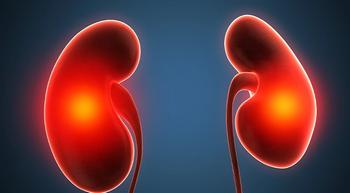
Long-Term Prostate Cancer Data Highlights Risk and Survivorship Needs
Researchers followed patients for years and found that the risk of dying from prostate cancer depended on how aggressive the cancer was at diagnosis.
Researchers followed patients for up to 30 years and found that the risk of dying from prostate cancer depended on how aggressive the cancer was at diagnosis, according to recent findings from the investigation which were shared at the American Urological Association's 2025 Annual Meeting.
This investigation looked at long-term outcomes for over 62,000 men in Sweden diagnosed with non-metastatic prostate cancer who received treatment based on current guidelines. For men with low-risk prostate cancer, the 30-year risk of dying from the disease was approximately 12%, while for those with very high-risk cancer, it was approximately 30%. However, most men, regardless of risk, were more likely to die from other causes.
To further discuss this topic, Dr. Pietro Scilipoti sat down for an interview with CURE at the Annual Meeting. In the interview, he discussed the importance of these findings, as well as delved into potential side effects or quality-of-life changes for patients with prostate cancer.
Scilipoti is a clinical researcher and urology resident at Vita-Salute San Raffaele University, in Milan, Italy.
Transcript:
CURE: Based on the long-term outcomes, what should patients know about the potential side effects or quality-of-life changes following guideline-recommended treatment for prostate cancer?
Well, that's a very, very important and timely question, because right now, we are looking at decision regret and quality of life in patients, and I think it really depends. Unfortunately, we do not have data on this in this particular study [just yet]. However, I think it is important to know that when you decide to receive a radical treatment, basically, or to receive radiotherapy, there are certain changes that patients will experience during life, and they need to be prepared for this.
We, as clinicians, need to follow these patients afterward to help them improve their quality of life. I think patient-to-caregiver communication, and also physician communication, is very important in this context.
Transcript has been edited for clarity and conciseness.
For more news on cancer updates, research and education, don’t forget to





